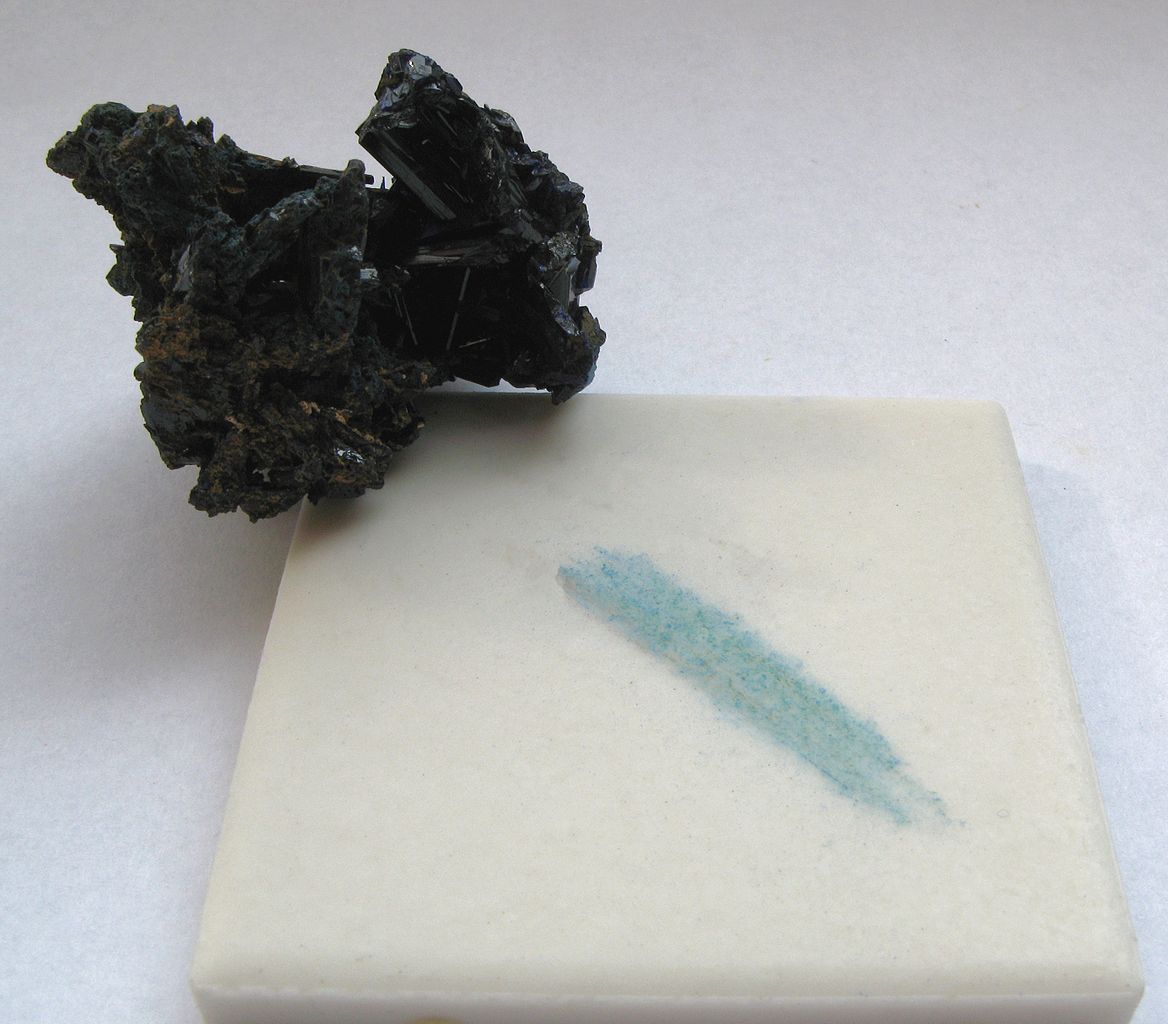Destructive Gemstone Tests: Streak Testing
Streak testing is a destructive gemstone test rarely used by gemologists, but it is a standard diagnostic test for mineralogists. Most gems leave no streak. Learn which gems do and what colors they leave.
3 Minute Read
Allochromatic and Idiochromatic Gems and Streaks
As you know, the gem colors we see come from selective absorption, the absorption and transmission of specific wavelengths of light. Gemologists can view this selective absorption through a spectroscope.
However, most gems get their color through the presence of trace elements or impurities in their chemical structure. These are known as allochromatic gems, such as corundum and beryl, and may show a variety of colors. Other gems get their colors through elements essential to their chemical structure that also act as coloring agents. These are known as idiochromatic gems, such as azurite and malachite, and occur in only one color.
Usually, allochromatic gems will leave a white or colorless streak no matter the impurities in their structure. For example, no matter what color of corundum — sapphire or ruby — you test, it should always leave a white streak. However, if the allochromatic gem has received additional coloring agents, such as a dye, it may leave a colored streak. You can test this by rubbing a piece against a ceramic tile. The bit of material that rubs off, the streak
…Donald Clark, CSM IMG
Donald Clark, CSM founded the International Gem Society in 1998. Donald started in the gem and jewelry industry in 1976. He received his formal gemology training from the Gemological Institute of America (GIA) and the American Society of Gemcutters (ASG). The letters “CSM” after his name stood for Certified Supreme Master Gemcutter, a designation of Wykoff’s ASG which has often been referred to as the doctorate of gem cutting. The American Society of Gemcutters only had 54 people reach this level. Along with dozens of articles for leading trade magazines, Donald authored the book “Modern Faceting, the Easy Way.”
Related Articles
Identifying Inclusions Found in Natural Gems
Gemstone Visual Examination Quizzes
Difficult Gemstone Separations
Identifying Synthetic Diamonds
Latest Articles
800 Years of Mogok: A Celebration in Tenuous Times
What is the Average Gemstone Faceting Yield?
Pyroxmangite Value, Price, and Jewelry Information
How to Identify Emerald Simulants and Synthetics
Never Stop Learning
When you join the IGS community, you get trusted diamond & gemstone information when you need it.
Get Gemology Insights
Get started with the International Gem Society’s free guide to gemstone identification. Join our weekly newsletter & get a free copy of the Gem ID Checklist!
